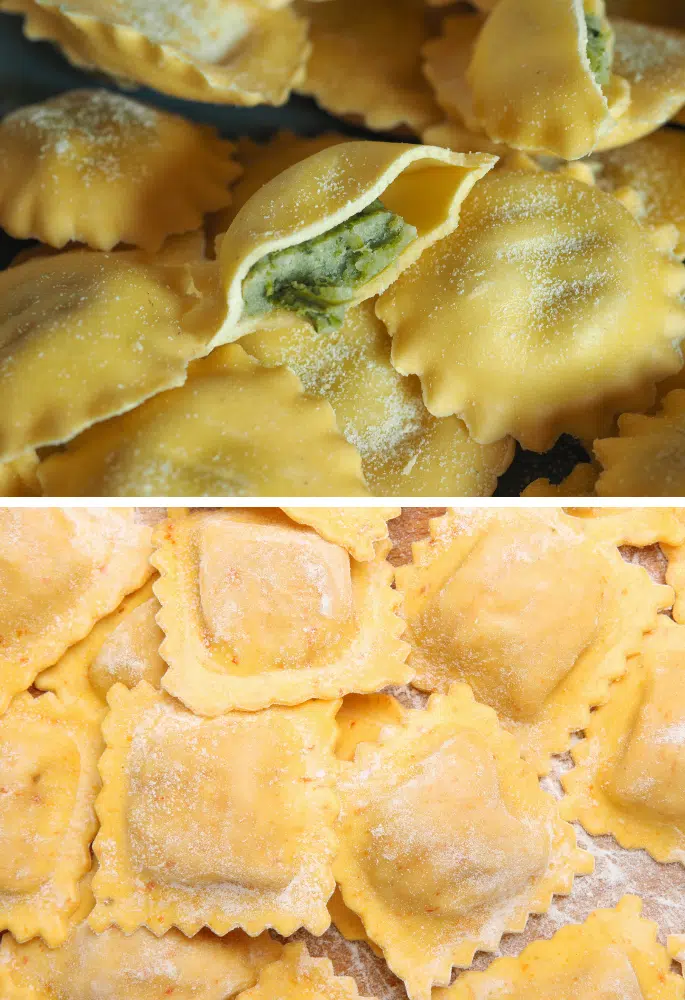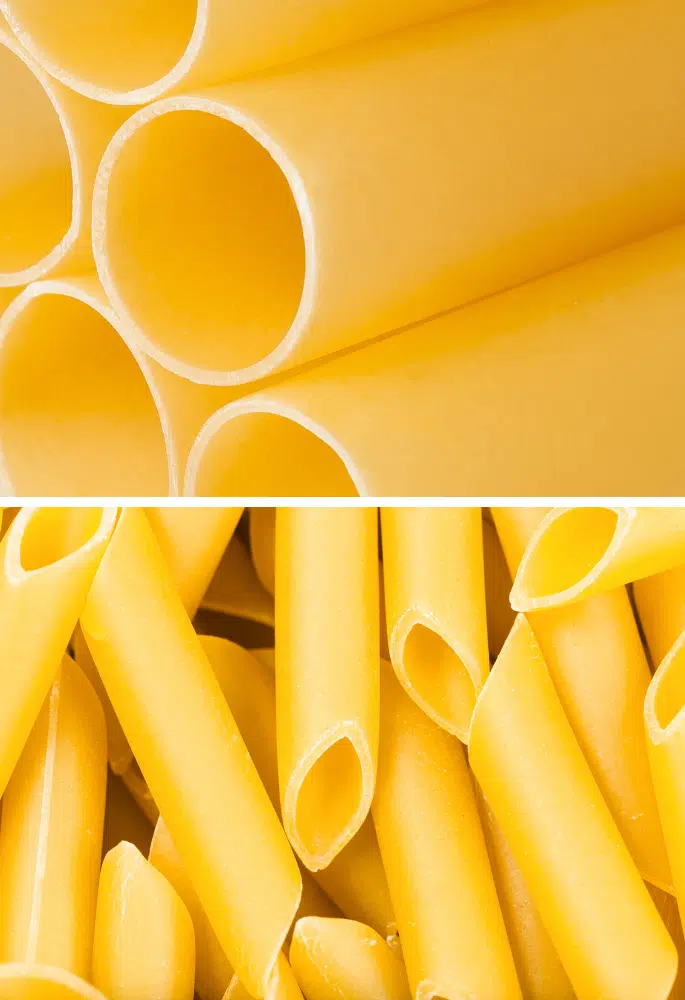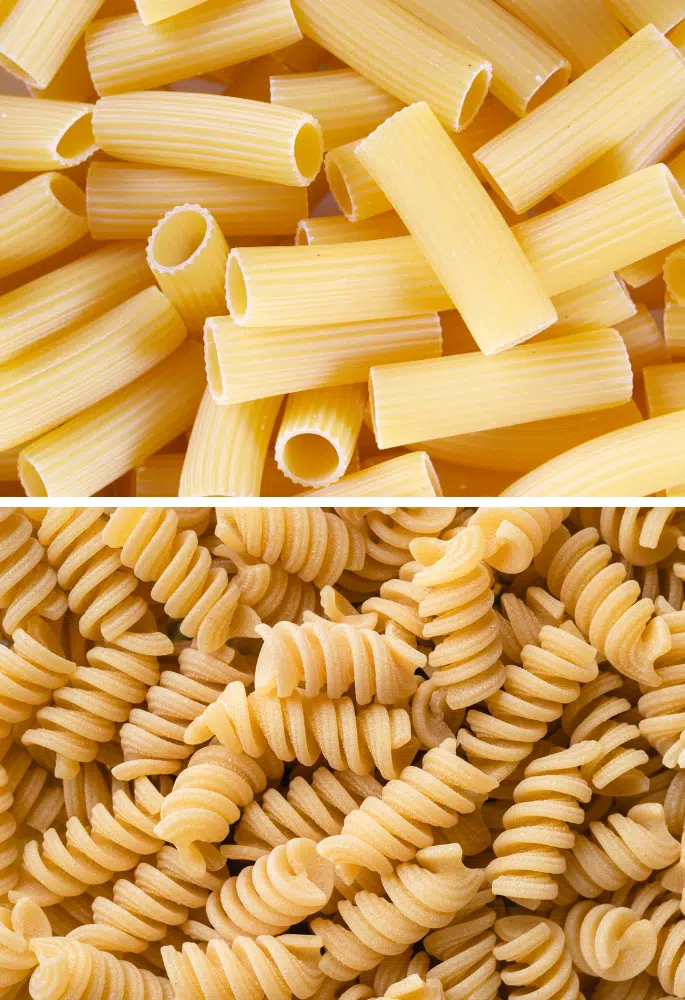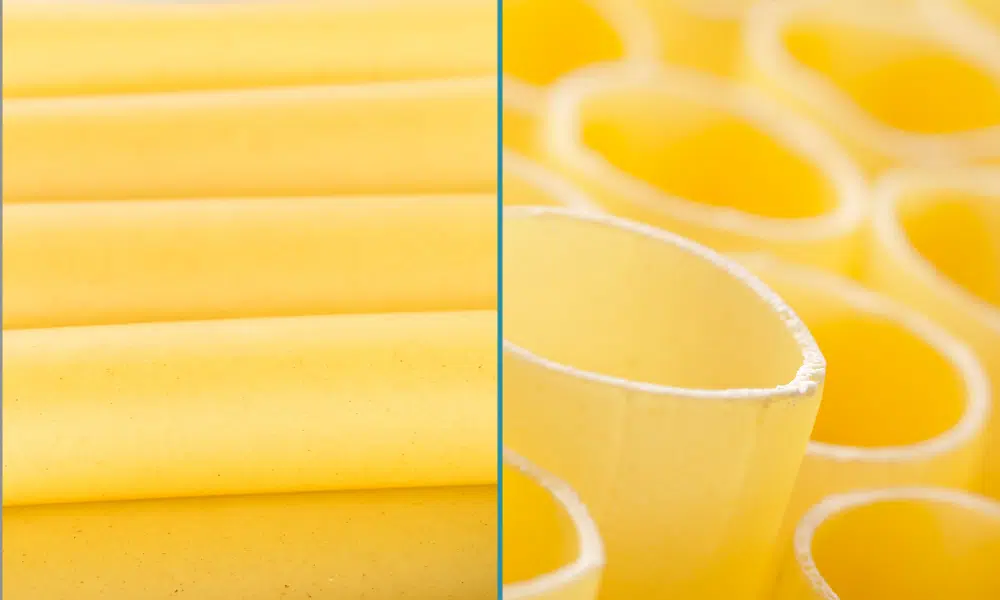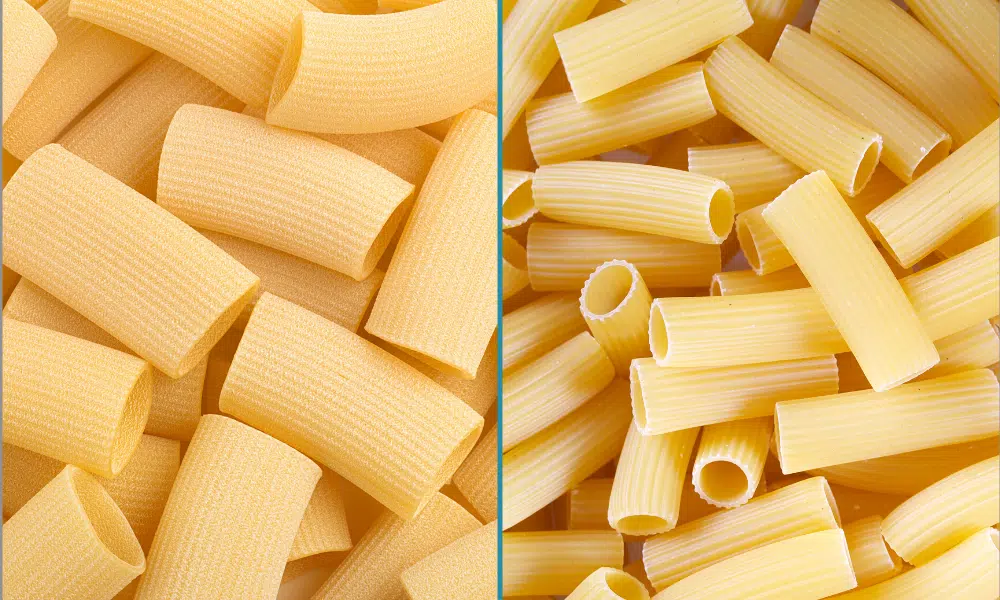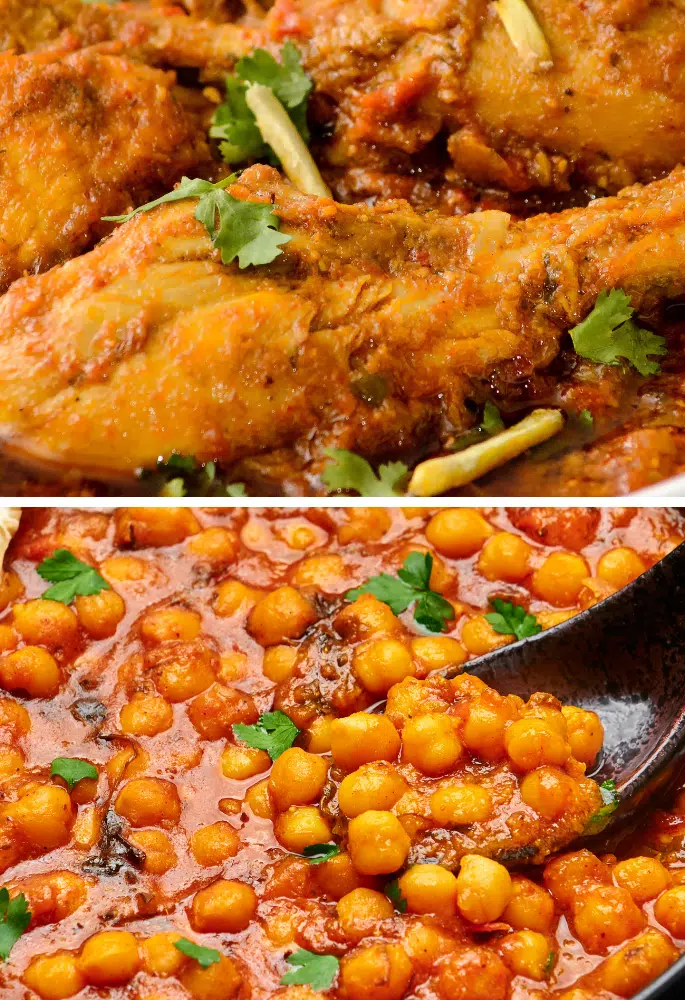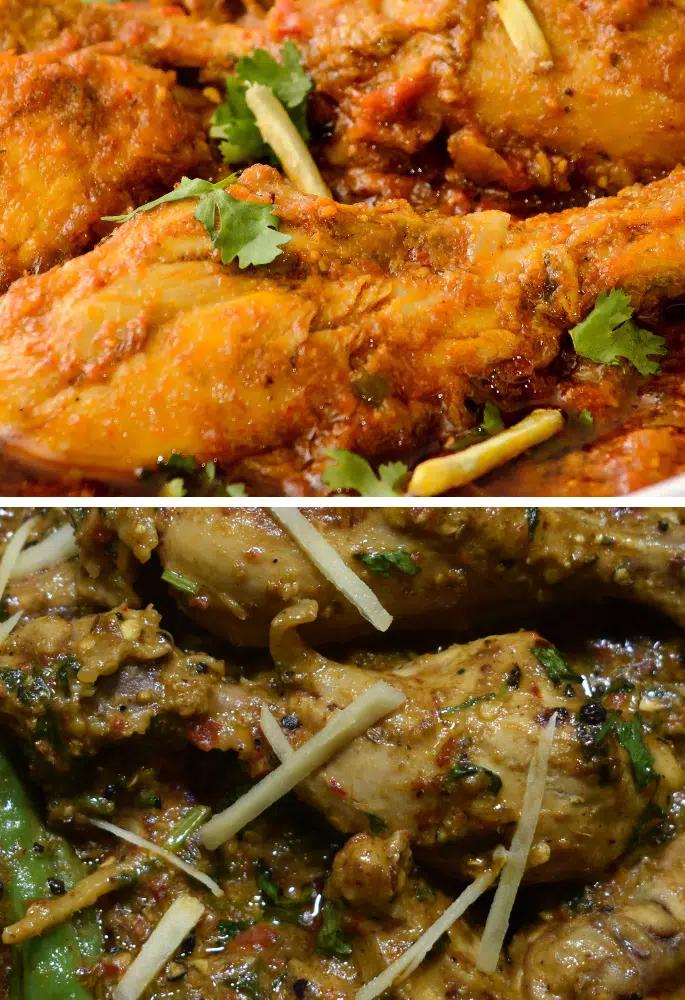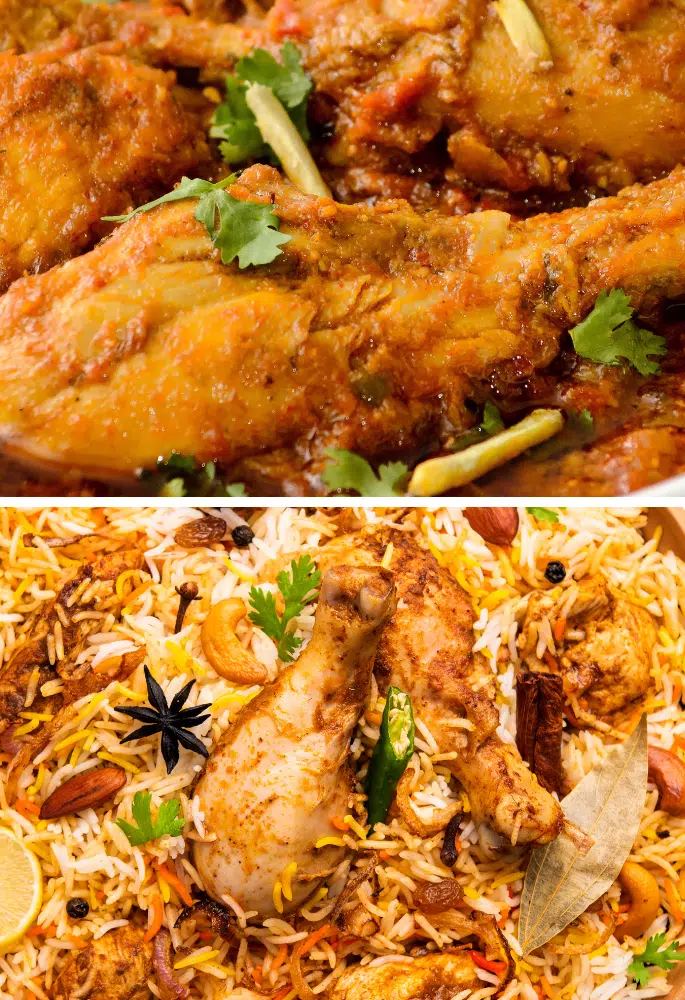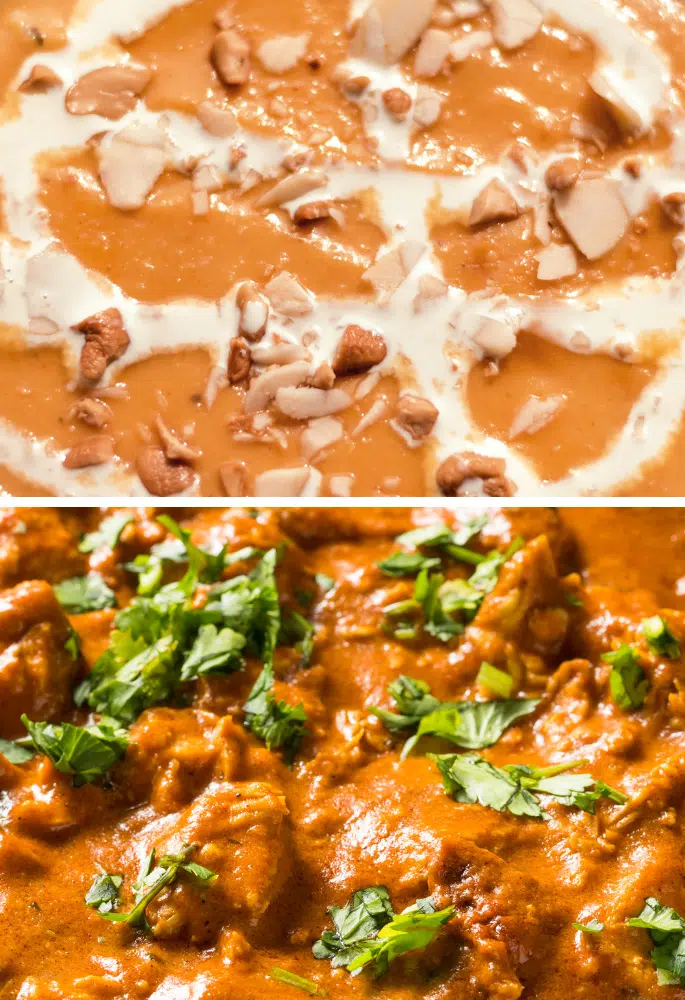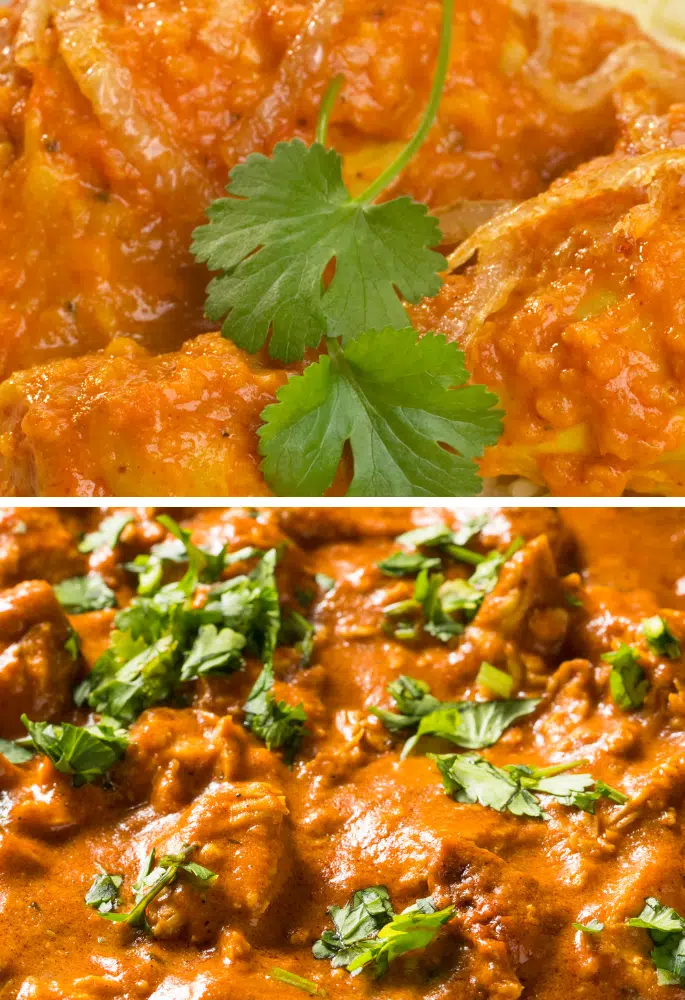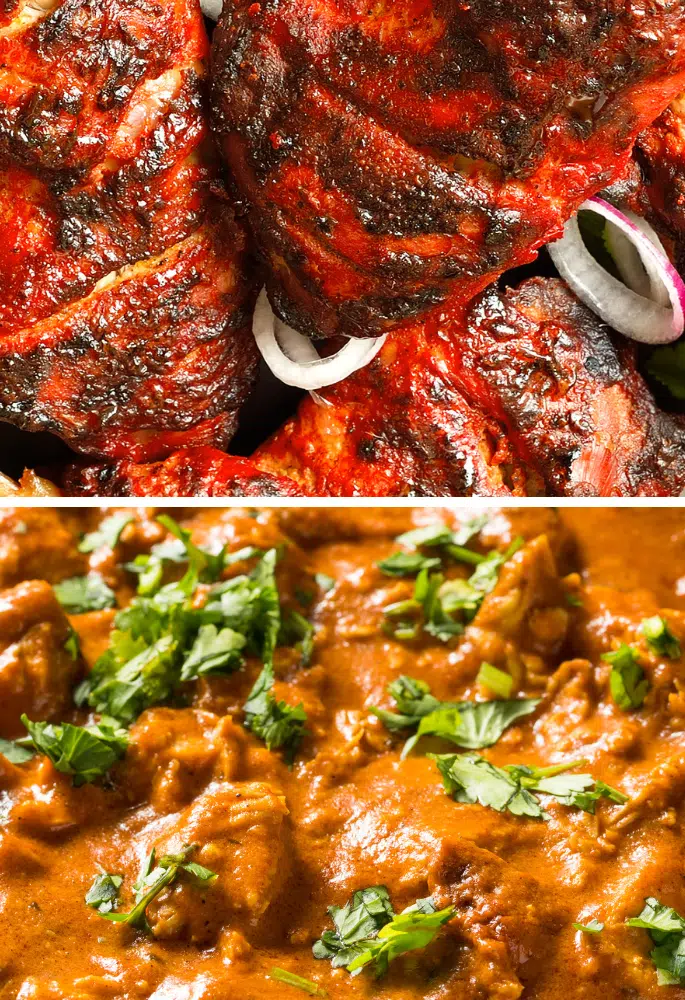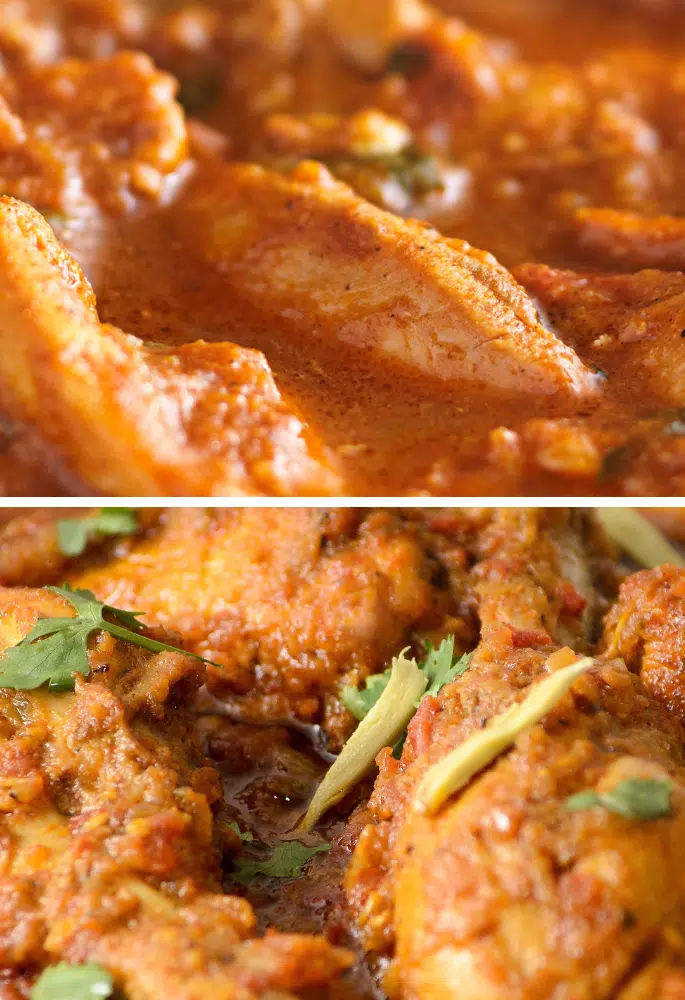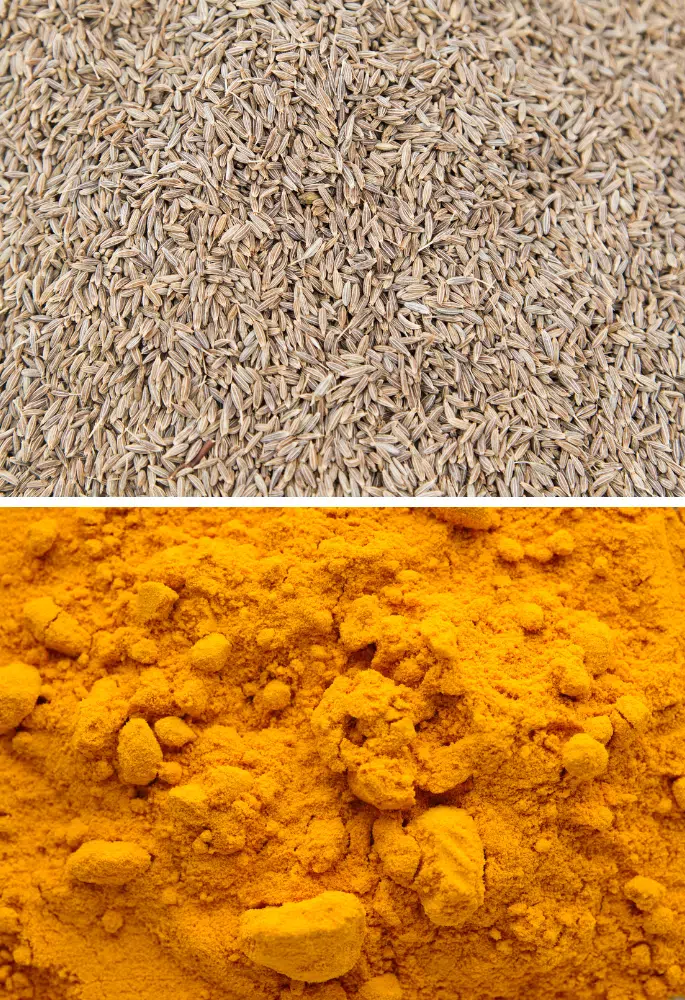Ahh, pasta. Nothing beats a deliciously creamy or rich tomato sauce poured over a plate of filling pasta. There are a whole variety of pastas that most people don’t even know about.
Some of the most commonly used kinds of pasta are mostaccioli and rigatoni. But how similar are these two types of pasta?
Despite both kinds of pasta being a type of penne, mostaccioli and rigatoni’s pasta tubes have differently textured exteriors which impact how it is used. Mostaccioli is smooth, while rigatoni is ridged.
What is Mostaccioli?
Better known as penne lisce in Italian, mostaccioli is a type of penne pasta originating in the South of Italy, found in Naples, Sorrento and Capri.
The main tube of mostaccioli is straight, but the ends are both cut off at an angle. Mostaccioli is still part of the short pasta family, though the angled ends make the tube look deceptively longer.
On the outside of its pasta tube, mostaccioli is entirely smooth. This makes it harder for sauces to stick to the pasta.
Mostaccioli’s pasta inner tube can hold sauces without much of an issue, but the outside of the tube means that the pasta can not keep hold of sauce very well, making it better suited for light and smooth rather than chunky sauces.

Mostaccioli is not exactly the same as penne pasta, though it is a variation of penne pasta. The two kinds of pasta are better used for different dishes, with mostaccioli doing better with light, smooth sauces.
As the outside of mostaccioli will not keep hold of sauces, you want to use smooth, light sauces with it, such as pesto or marinara.
What is Rigatoni?
As part of the Italian short pasta family, rigatoni (also known as penne rigate) is a short-cut tube pasta shaped into a straight cylinder.
The tube size is wide enough so ample sauce can easily coat both the inside and the outside of the tube. Rigatoni’s outside is ridged and rough, helping it better hold the sauce and be incorporated into a dish.
Because of these ridges, the rigatoni pasta itself is quite thick. This means the pasta can withstand harsher heat without drying out or burning, making it the perfect pasta to use in oven-baked pasta dishes.
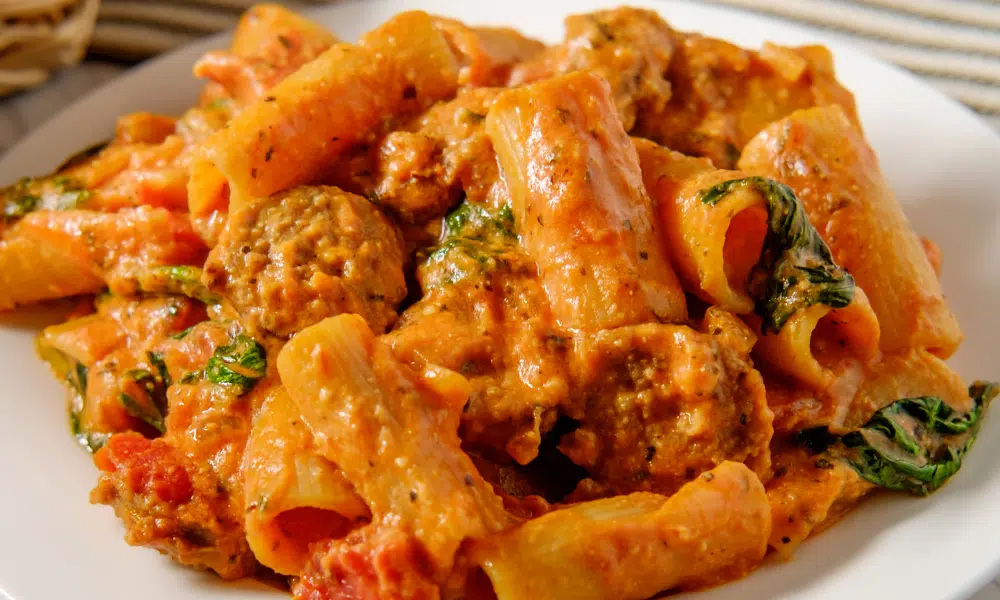
Traditionally, rigatoni is used for dishes with a lot of sauce, such as a casserole. It is the pasta of choice for pasta bakes due to its thicker shape, but it can be paired with a whole range of sauces.
You want to use a ragu with thick chunks of meat, vegetables and tomatoes which the rigatoni can easily cling onto.
Differences Between Mostaccioli and Rigatoni
Do not let the fact that mostaccioli and rigatoni are both a type of penne pasta fool you. They both have unique characteristics that set them apart from each other.
- Place Of Origin – Rigatoni pasta (or penne rigate) is one of the original pastas invented in the North West of Italy. More specifically, in Genoa in the Liguria region of Italy. On the other hand, mostaccioli was invented in the Campania region of Italy in the south.
- Outer Texture – Rigatoni gets its name from the even, straight pasta ridges that outline the outer section of its pasta tube. Mostaccioli is intentionally smooth on the outside.
- Intended Uses – Mostaccioli’s smooth tube means it cannot keep hold of chunky, heavy sauces. It should be used in a light sauce that doesn’t need to hold onto pasta to get the full taste experience. Rigatoni’s ridges are designed to hold as much sauce as possible, making it better suited for heavier, roughly textured dishes.
- Tube Cut – Mostaccioli and rigatoni’s pasta tubes also differ in how their ends are cut. Mostaccioli is shaped at an angle to make it easier to slide through light sauces. Rigatoni’s tube has a solid straight cut to keep the sauce more secure in the tube itself.
- Popularity – It is much easier to find an array of rigatoni pasta than mostaccioli. This is because the ridges of rigatoni make it more popular and versatile, able to withstand a range of heavier and lighter sauces. In contrast, mostaccioli is more of a speciality pasta.
Similarities Between Mostaccioli and Rigatoni
It is easy to get different types of kinds of pasta confused, especially if you did not grow up surrounded by different Italian food. Here are a few reasons why some confuse mostaccioli with rigatoni:
- Ties to Penne – Mostaccioli and rigatoni are variations of the very common pennoni or penne pasta. When you are looking for either pasta in the supermarket, you may find them simply called penne pasta.
- Tube Thickness – Rigatoni may have ridges on the outer tube, but its main thickness is practically identical to mostaccioli. Of course, the pasta’s exact tube thickness will vary depending on the manufacturer. However, there should not be much of a thickness difference between mostaccioli and rigatoni.
- Cooking Time – Due to having the same pasta thickness and being a similar length, rigatoni and mostaccioli will require the same cooking time. The recommended amount is 10 – 13 minutes. If the angles of mostaccioli are cut too sharply, it may take a little less time to cook than rigatoni, but not noticeably so.
Mostaccioli vs Rigatoni: Which Wins?
You might know the differences between these two pasta types, but if you had to pick one, which would win? It’s mostaccioli vs rigatoni:
Do You Prefer Mostaccioli or Rigatoni?
Mostaccioli and Rigatoni FAQs
If you’re still sat there with a question about these two pastas, then these FAQs might help out:
Any penne or tube-shaped pasta with a smooth exterior will be closest to mostaccioli. This could include penne lisce.
Any ridged penne would be closest to rigatoni. In fact, penne rigate would be closest. The only difference would be the angle of the ends.
Acacia may be a freelance writer by day, but they are a food fanatic by night. They are always trying out new recipes or finding different ways to elevate classical dishes. But their biggest culinary aim is to educate others on the basics of the kitchen so that they too can enjoy delicious food.


